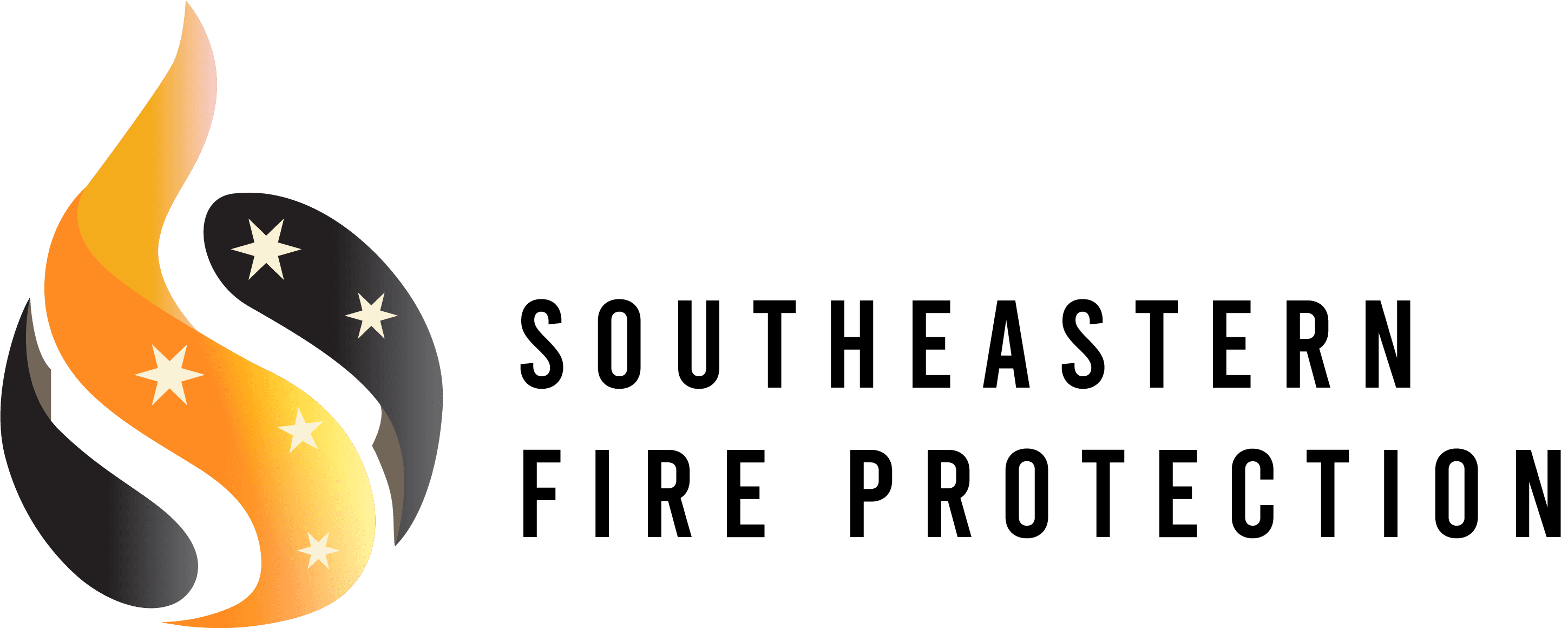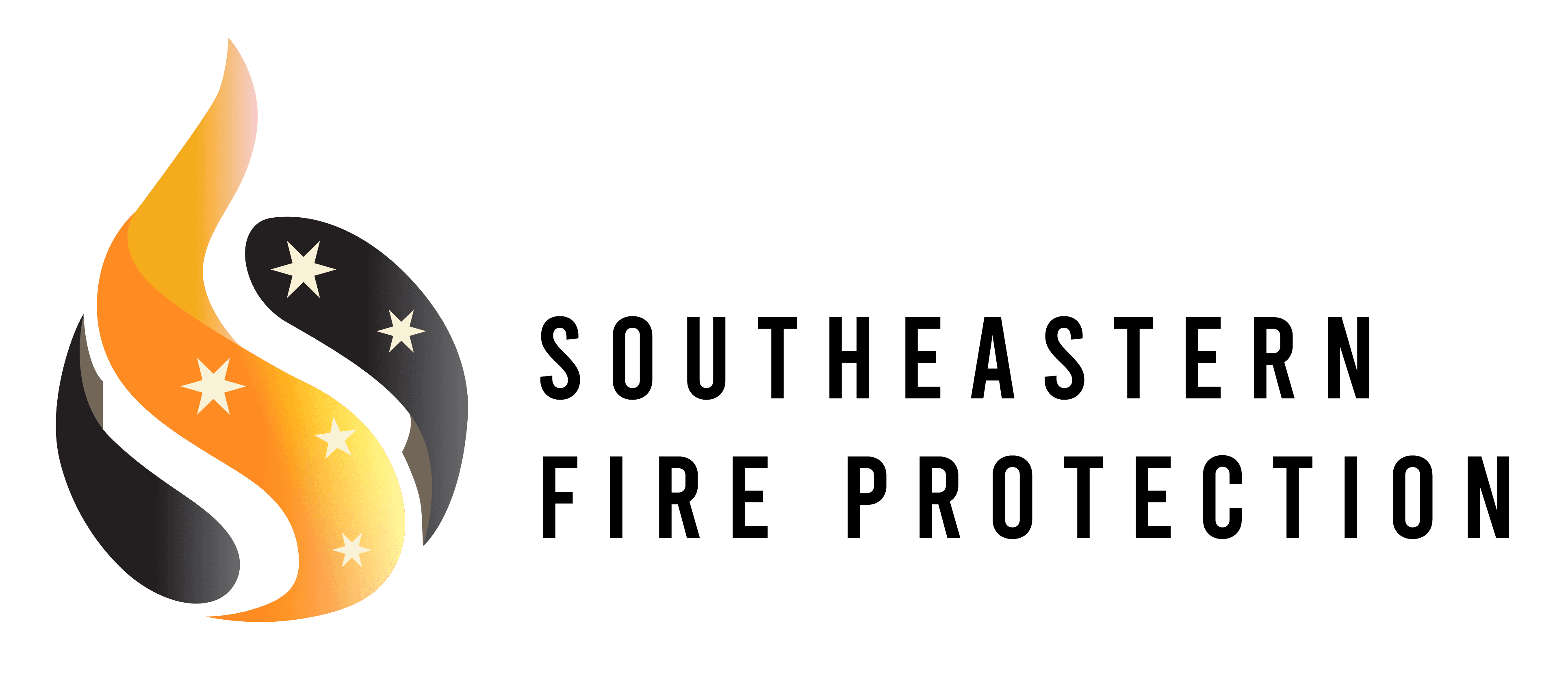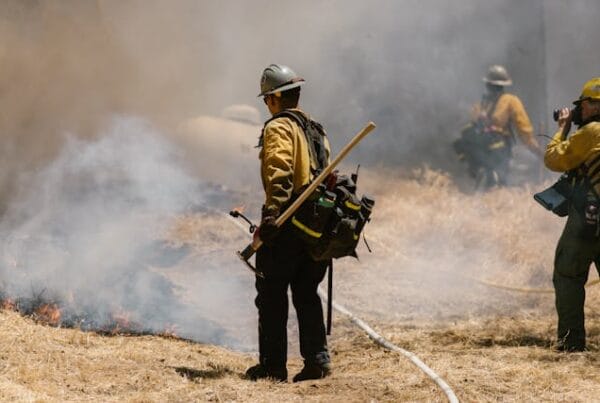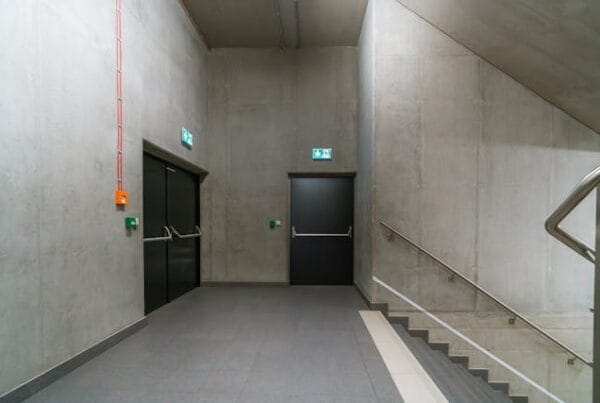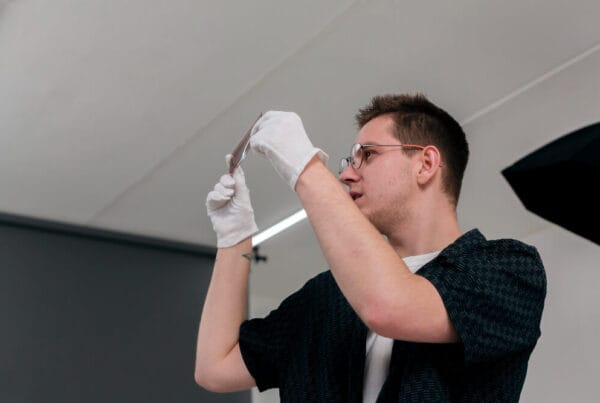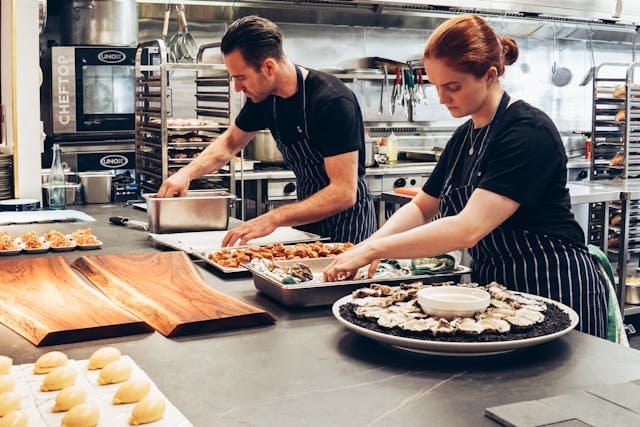
For any restaurant or commercial food service establishment in Hampton, Virginia, a robust commercial kitchen fire suppression system is not just a regulatory requirement; it’s the most critical line of defense against devastating grease fires. The unique high-heat, high-grease environment of a commercial kitchen poses an elevated fire risk, demanding specialized protection that goes far beyond standard sprinkler systems. At Sefirepro, we understand the specific challenges faced by Hampton Roads businesses and specialize in designing, installing, inspecting, and maintaining systems that keep your kitchen safe and compliant with NFPA 96 and local codes.
A kitchen fire can spread incredibly fast, fueled by cooking oils and fats. Without a dedicated suppression system, a minor flame can quickly engulf an entire kitchen, leading to extensive property damage, business closure, and serious injuries. Proactive measures are essential for business continuity and, most importantly, the safety of your staff and customers. For more general kitchen fire prevention tips, visit our guide on commercial kitchen fire prevention.
Understanding Commercial Kitchen Fire Suppression Systems
The primary standard governing commercial kitchen fire suppression is NFPA 96: Standard for Ventilation Control and Fire Protection of Commercial Cooking Operations. This standard, adopted by the Virginia Statewide Fire Prevention Code (VSFPC), dictates the requirements for hoods, ducts, grease removal devices, and, crucially, fire suppression systems. At Sefirepro, our expertise extends to understanding and implementing these complex codes, ensuring your restaurant in Hampton is fully compliant.
These systems are typically “wet chemical” systems, specifically designed to combat Class K (cooking oil/grease) fires. Here’s how they generally work:
- Detection: The system uses heat detectors (fusible links or heat sensors) placed within the hood, duct, and above cooking appliances.
- Activation: Upon detecting a fire, the system automatically activates. This simultaneously:
- Discharges a wet chemical agent through nozzles over the cooking surfaces, in the plenum, and into the exhaust duct.
- Shuts off the fuel supply (gas or electric) to the cooking appliances.
- Triggers the building’s fire alarm system.
- Suppression: The wet chemical agent works by:
- Saponification: Reacting with the hot grease to create a foam-like blanket that cuts off oxygen.
- Cooling: Rapidly cooling the fuel to prevent re-ignition.
Why Hampton, VA Businesses Need Specialized Protection For Commercial Kitchen Fire Suppression
While general fire safety is important, commercial kitchen fire suppression systems are distinct due to:
- Unique Fuel Source: Cooking oils and fats burn at extremely high temperatures and are prone to re-ignition. Water from a standard sprinkler system can spread grease fires, making them worse.
- Rapid Spread: Grease fires can escalate from a small flame to a roaring inferno in mere seconds, making immediate and targeted suppression vital.
- Regulatory Mandates: NFPA 96 and local Hampton fire codes specifically require these systems for almost all commercial cooking operations. Non-compliance can lead to hefty fines, operational shutdowns, and invalidated insurance. For more details on local regulations, refer to our guide on understanding Hampton, Virginia fire codes.
Key Components of a Compliant System For Commercial Kitchen Fire Suppression
A complete commercial kitchen fire suppression system includes:
- Wet Chemical Agent: Stored in pressurized cylinders.
- Discharge Nozzles: Strategically placed above all cooking appliances, within the hood, and in the ductwork.
- Detection Devices: Fusible links or heat detectors.
- Control Panel: Manages the system, often integrating with the main building fire alarm.
- Manual Pull Station: Allows staff to manually activate the system if a fire is detected early.
- Fuel Shut-off Devices: Automatically cuts off gas or electricity to appliances.
Installation, Inspection and Maintenance: A Non-Negotiable Requirement
Even the best system is useless if it’s not properly maintained. NFPA 96 mandates semi-annual inspections and testing by a certified professional. During these inspections, Sefirepro technicians will:
- Check all components for proper operation and damage.
- Verify the agent level and cylinder pressure.
- Test the manual pull station and automatic activation.
- Ensure fuel shut-off mechanisms are working.
- Replace fusible links (if applicable) annually.
- Provide a detailed report and certification tag for compliance.
Regular maintenance ensures your system will perform when it’s needed most and keeps you compliant with the Hampton Division of Fire & Rescue. If you’re considering a new installation, explore our fire sprinkler installation services.
Conclusion: Partner with Sefirepro for Kitchen Safety in Hampton, VA
Your restaurant’s reputation, profitability, and the safety of your people depend on a reliable commercial kitchen fire suppression system. Don’t take chances with this vital protection. Non-compliance is not an option when lives and livelihoods are at stake.
Sefirepro is your trusted local expert in Hampton, Virginia, for all your kitchen fire suppression needs. From initial design and installation to mandated semi-annual inspections and 24/7 emergency service, we ensure your kitchen is protected and compliant. Contact us today to schedule an assessment or learn more about our services. Check out our blog for more fire safety insights.
